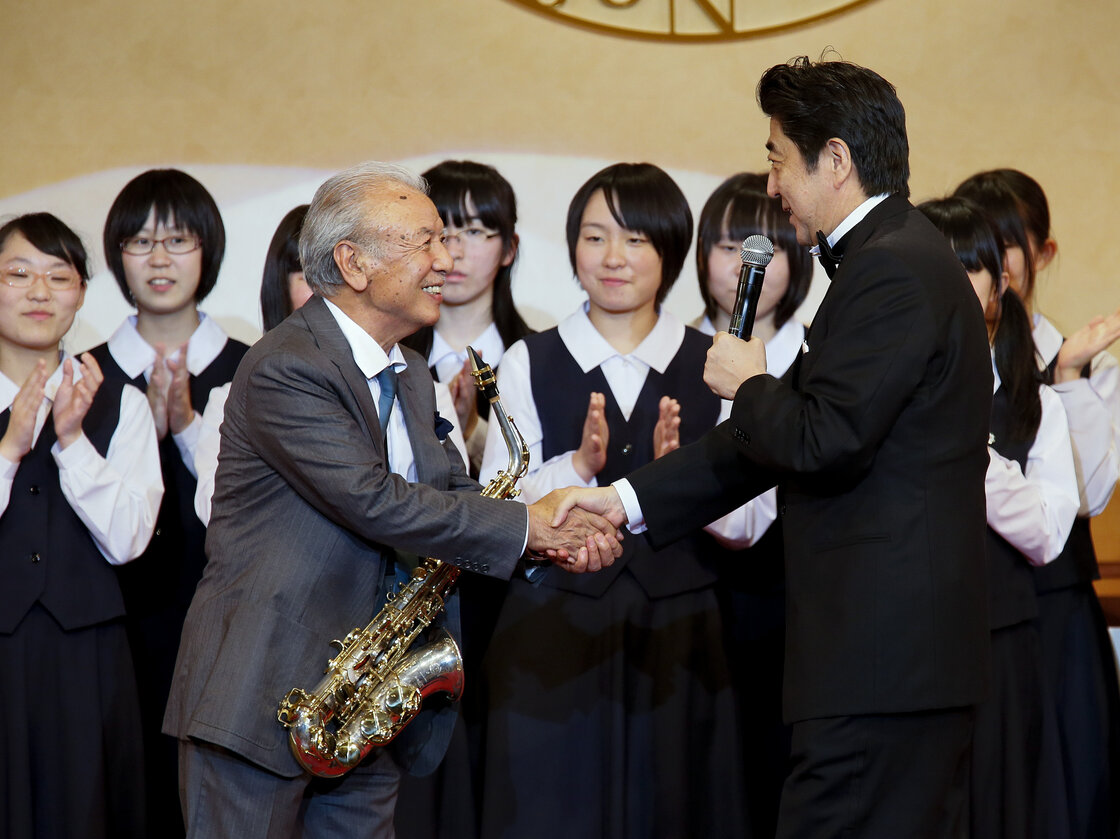
Kimimasa Mayama/AFP/Getty Images
If you’ve witnessed a headlining performance from pianists Toshiko Akiyoshi or , visited a “jazu kissa” where records are spun and coffee poured, or read nearly any work by author , then you probably have a sense that Japan has taken well to jazz music.
Incidentally, the centerpiece Global Concert of this year’s — the annual musical diplomacy initiative from UNESCO and the Thelonious Monk Institute of Jazz — was held today in Osaka, one of Japan’s historical jazz capitals. (As of publication, the should be available shortly.)
So how did this music get to Japan in the first place? How did the island nation which fought the U.S. in WWII come to embrace an art form that originated in black America? And does the history of jazz in Japan actually support the peace-brokering role that UNESCO claims?
For a few answers, and a primer on Japanese jazz history, I gave professor a call. An East Asian historian at Northern Illinois University and an amateur musician, he’s the author of Blue Nippon: Authenticating Jazz in Japan and the editor of Jazz Planet, a collection of essays about jazz outside the U.S. Here’s an edited version of our conversation: Continue reading




